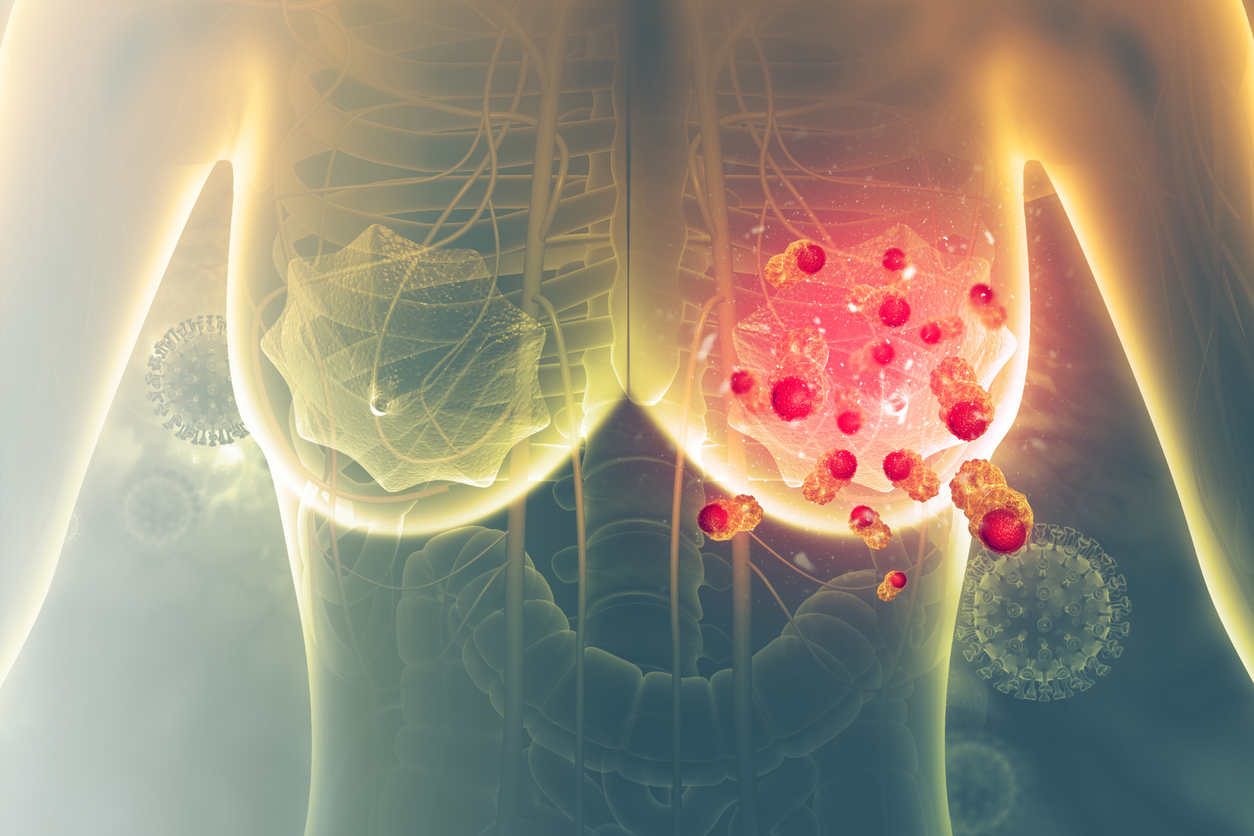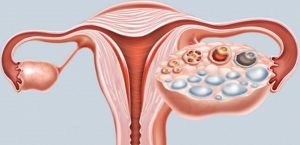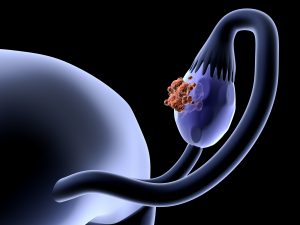Breast and Ovarian Cancer (Heredity and Risk. Sad statistics

Breast cancer / breast cancer (BC) is the most common cancer among women. In developed countries, at least one in ten women will develop breast cancer during their lifetime. And ovarian cancer (OC) among all malignant neoplasms in women ranks seventh in frequency and occurs in 1 out of 70 women. The early forms of these diseases develop asymptomatically and are usually detected only during preventive medical examinations. Advanced breast and ovarian cancers are very difficult to treat.
Role of heredity
It has been proven that a significant risk factor for the development of breast and ovarian cancer is hereditary predisposition. With certain changes (mutations) in some genes, the risk of developing these diseases can increase tens, and even hundreds of times. So more than 10% of breast cancer cases are hereditary forms, when one particular mutation leads to the formation of a malignant tumor with a probability of up to 90%.
That is why it is very important to know your level of risk in order to carry out prevention and timely diagnosis. According to statistics, timely detection of breast tumors allows you to avoid serious consequences and lead a full life in about 90% of patients.
Genes for hereditary breast and ovarian cancer
To date, several genes have been found, defects in which lead to the development of breast cancer and OC. The highest risk of developing these diseases is due to mutations in the BRCA1 gene, widely known thanks to the American actress Angelina Jolie.
The MedLab laboratory analyzes the most common mutations in Russia that are highly likely to cause hereditary breast and ovarian cancer:
3 mutations in the BRCA1 gene
3 mutations in the CHEK2 gene
1 mutation in the BRCA2 gene
1 mutation in the BLM gene
Tests for these mutations are collected in a single genetic profile GP7 Hereditary breast and ovarian cancer – 5 genes.
Genes for sporadic cancer

In addition to the genes listed above, which are responsible for the development of hereditary forms of cancer, there are several more genes that control the influence of external factors on the woman’s body. With mutations in these genes, the risk of developing cancer also increases, especially against the background of smoking, increased insolation (UV radiation) and hormonal dysfunction.
As part of the study of the risk of developing breast cancer and ovarian cancer, the genetic profile of GP8 was created. Breast and ovarian cancer – 8 genes. It includes the 5 most common mutations that cause hereditary forms of cancer, as well as analysis for 5 genes that affect the hormonal background and the detoxification system.
Who is genetic testing indicated for?
All women who care about their health;
Those who have had at least 1 case of breast and / or ovarian cancer https://en.wikipedia.org/wiki/Ovarian_cancer in their family;
Daughters whose parents are carriers of mutations in the above genes.
To the attention of patients.
It is imperative to know that mutation detection is not a fatal sentence. On the contrary, the identification of mutations allows the doctor and the patient to take effective measures to prevent the development of the disease.
with a negative result of testing the BRCA1 gene, in some cases, according to the testimony of an oncologist, it is possible to fully determine the sequence of this gene (sequencing).
If any mutations in the genes of hereditary cancer are found, it is mandatory to check for the presence of this mutation in the patient’s blood relatives.